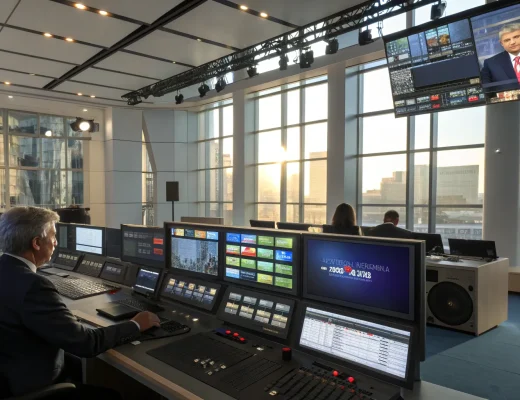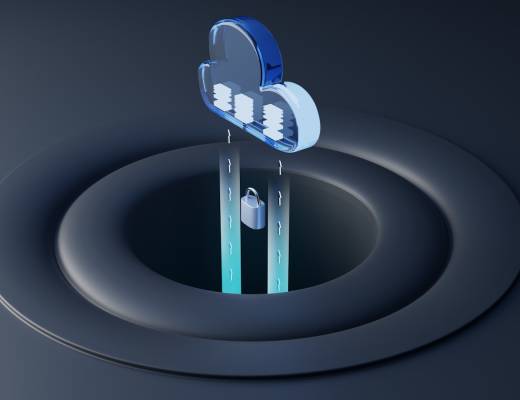Savings account interest rates have reached notable peaks across financial institutions, offering consumers unprecedented opportunities to grow their money. As inflation concerns persist, many banks and credit unions are competing to attract deposits by offering increasingly attractive rates.
The current savings rate environment marks a significant shift from the near-zero rates that dominated the market for years following the 2008 financial crisis. Today’s rates reflect the Federal Reserve’s policy adjustments aimed at controlling inflation while providing savers with meaningful returns on their deposits.
Top-Performing Savings Accounts
Several online banks are leading the charge with
annual percentage yields (APYs) exceeding 4.5%, substantially outperforming traditional brick-and-mortar institutions. These
high-yield savings accounts typically come with no monthly maintenance fees and low minimum balance requirements, making them accessible to most consumers.
Financial analysts note that online-only banks can offer these competitive rates due to their lower operational costs compared to traditional banks with physical branch networks. This digital advantage translates directly into higher returns for customers.
Among the standout offerings:
- Several online banks are offering APYs between 4.75% and 5.25%
- Some credit unions provide members with rates approaching 5.50% on special promotional accounts
- Even some traditional banks have increased their rates to remain competitive, though typically not matching online alternatives
Geographic Accessibility
A key development in the current high-rate environment is the nationwide availability of these accounts. Unlike previous periods when the best rates might be limited to specific regions or membership groups, today’s top-performing accounts are accessible to consumers regardless of location.
“The democratization of high-yield savings accounts means consumers in rural areas have the same access to premium rates as those in major financial centers,” explains a banking industry expert. “This is primarily due to the rise of online banking platforms that operate without geographic restrictions.”
Most high-yield accounts can be opened online in minutes with basic identification documents and an initial deposit, which can be transferred electronically from existing accounts at other institutions.
Considerations for Savers
Financial advisors recommend consumers look beyond the headline rate when selecting a savings account. While the interest rate is important, other factors can impact the overall value of an account.
Account features worth evaluating include:
FDIC or NCUA insurance coverage ensures deposits up to $250,000 are protected against bank failure. Withdrawal limitations may apply, with some institutions restricting the number of monthly transactions. Mobile banking capabilities vary significantly between providers, affecting convenience for users who prefer managing finances via smartphone.
Interest rate guarantees also differ, with some banks offering temporary promotional rates while others provide more stable returns. Consumers should verify whether advertised rates are introductory offers that will decrease after a specified period.
Market Outlook
Economists project that the current high-rate environment may persist in the near term as the Federal Reserve continues its inflation-fighting stance. However, they caution that rates could adjust downward if economic conditions change or inflation pressures ease.
“We’re in an unusual period where savers are actually seeing real returns above inflation in many cases,” notes a financial researcher. “This hasn’t been common in recent decades and represents a genuine opportunity for consumers to build emergency funds and short-term savings.”
For consumers holding cash in low-yielding accounts, financial advisors suggest reviewing current rates across multiple institutions and considering a move to higher-yielding options. The difference between a traditional savings account offering 0.01% and a high-yield account at 5.00% amounts to approximately $500 annually on a $10,000 deposit.
As competition for deposits continues, consumers stand to benefit from this rate environment by being proactive about seeking the best returns for their savings goals.







